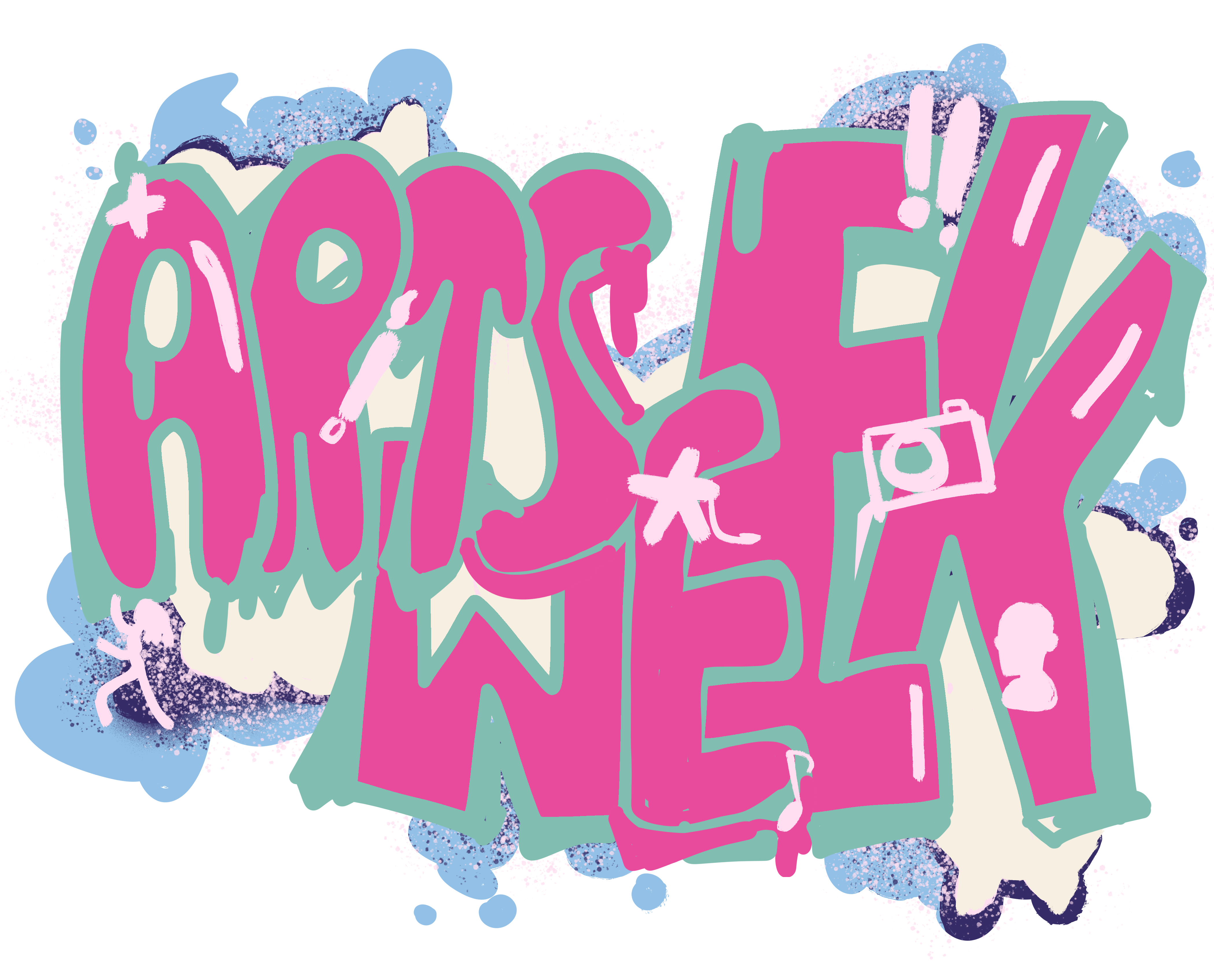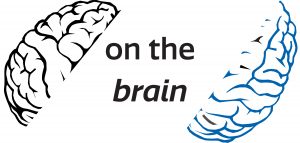At an institution generally regarded as preprofessional, it’s easy to forget about student art. You and a friend might go out every once in a while to see a student-run play or enjoy an on-campus concert, but unless you’re deeply involved in such artistic endeavors, attention to student art at Georgetown is probably relegated to one-off exhibitions and chance encounters.
This should not be the case. What if the arts at Georgetown were no longer consigned to separate spheres, but intentionally integrated into our student lives? What if, even for just a week, the arts took center stage? If this sounds new to you, you have probably never heard of Arts Week.
The GUSA Senate Subcommittee on Creative Expression organized the first Arts Week in Spring 2014 in response to a lack of visibility and funding for many arts groups on campus. After more than half a decade of creative celebration, the pandemic abruptly ended the annual tradition.
During that week, students tabled in Red Square displaying community art projects, performance-based clubs put on shows and workshops, and the university hosted open discussions with professional artists. The 2019 Arts Week saw events like Georgetown University Collective of Creative Individuals (GUCCI) open mics, student concerts, and comedy shows. That year’s event also boasted a discussion with Boots Riley, acclaimed director of Sorry to Bother You (2018).
Arts Week curated five days of collective creative joy at Georgetown. It was a week in which enjoying or taking part in the arts was no harder than stepping outside your dorm. In 2017, then-lead coordinator and artistic director Katherine Rosengarten described Arts Week to the Voice as “a smorgasbord of events and projects that both represented the existing arts community and invited people who maybe don’t consider themselves ‘artistic’ to take up a paintbrush or a microphone and give it a shot.”
The last Arts Week was in 2019, and the event has been lost almost entirely to a vanishing institutional memory. A concerted effort between the administration, creative student organizations, and the Georgetown Program Board (GPB), however, could bring it back.
What would a modern Arts Week look like at Georgetown? Previous years featured a State of the Arts Town Hall where students could sit down with performing arts groups and student publications to discuss their joys and concerns surrounding creative expression on campus, all in a centralized forum with no current equivalent. Spaces like the De La Cruz and Spagnuolo Galleries in Walsh could showcase art from all types of community members—not only students but also faculty and staff. Art isn’t just about showcasing community work; witnessing and consuming art is in and of itself an act of community-building. Getting the entire campus at least thinking about art, even if only for a week, could highlight the art that so many in our community create, but few ever get the chance to see.
Apart from celebrating and amplifying student voices and talents, the potential revival of Arts Week presents a greater opportunity for Georgetown to rejuvenate its approach toward community well-being in the wake of the ongoing pandemic. By bringing back celebratory events like Arts Week, Georgetown can call attention to the artistic accomplishments occurring on campus, bringing creative expression and representation out of the periphery and into the spotlight.
But Arts Week can’t accomplish this feat alone; a week of giving artists the oxygen they need will not spark many long-term changes if the rest of the time they are left to find that support for themselves. The university has a responsibility to provide more institutional support for arts programs. That means better funding the creative spaces we already have, like the Maker Hub, as well as prominently promoting events such as limited-run performances, showcases, and workshops. It also means increasing access to existing creative outlets, like art classes, by no longer placing additional burdens on students who wish to enroll.
Sharpening institutional focus on the arts means more than simply affording more resources to individual artistic activities; it also means reimagining the way Georgetown approaches art. In professionally focused institutions like Georgetown, art is often viewed only in terms of how it can be manipulated for practical—or profitable—purposes. But art is more than just marketing graphics or shaking up in-class presentations; Georgetown ought to treat it as such. By placing more value on artistic paths, the university can make them more accessible.
Art classes, for example, are generally valued at fewer credits per hour than other Georgetown classes, placing an academic incentive on deprioritizing the arts. Most classes listed under ARTS, like Oil Painting or Graphic Design, require two two-and-a-half-hour classes per week, while some non-art classes meet for only two and a half hours a week total. And, like other classes, art classes often involve hours of additional out-of-class work each week—all for a standard three credits.
If Georgetown academically values an hour of artistic creation less than it values an hour of political debate or mathematical reasoning, its students are likely to do the same. This makes art less accessible. Students who have less free time—perhaps because of a job or other nonacademic concerns—face more difficulty fitting arts classes into their course load. This intensive time commitment makes the arts especially inaccessible to students already working paid jobs with long hours, who are disproportionately low-income students.
In refocusing Georgetown’s culture on the arts, institutional support should be extended to all expressions of creative ideas, including theater, music, poetry, and creative writing. Further devotion to the arts would only deepen students’ capacities in other areas—including their preprofessional endeavors. Art is a vehicle for self-improvement, both emotionally and professionally. Practicing art is a valuable way for students to express themselves, share powerful political and social messages, and improve their mental health and wellness. Cultural identity and expression are also inherently interwoven in art—Diamante, Rangila, and Art Celebrating Disability Culture (ACDC). All offer students more varied and thorough perspectives of the world to work into their passions.
Arts Week should return, but more than that, we need an arts reform. Let’s bring Arts Week back, but not for its own sake. Let’s bring it back to start painting a bigger picture of art at Georgetown.





